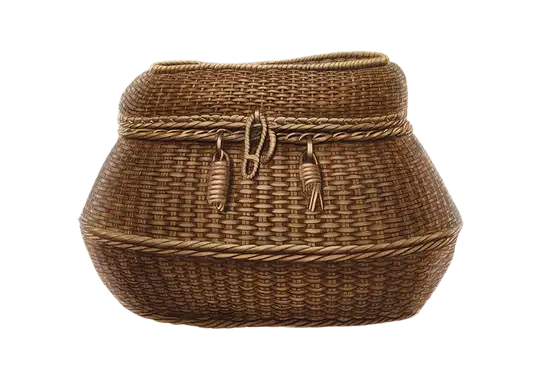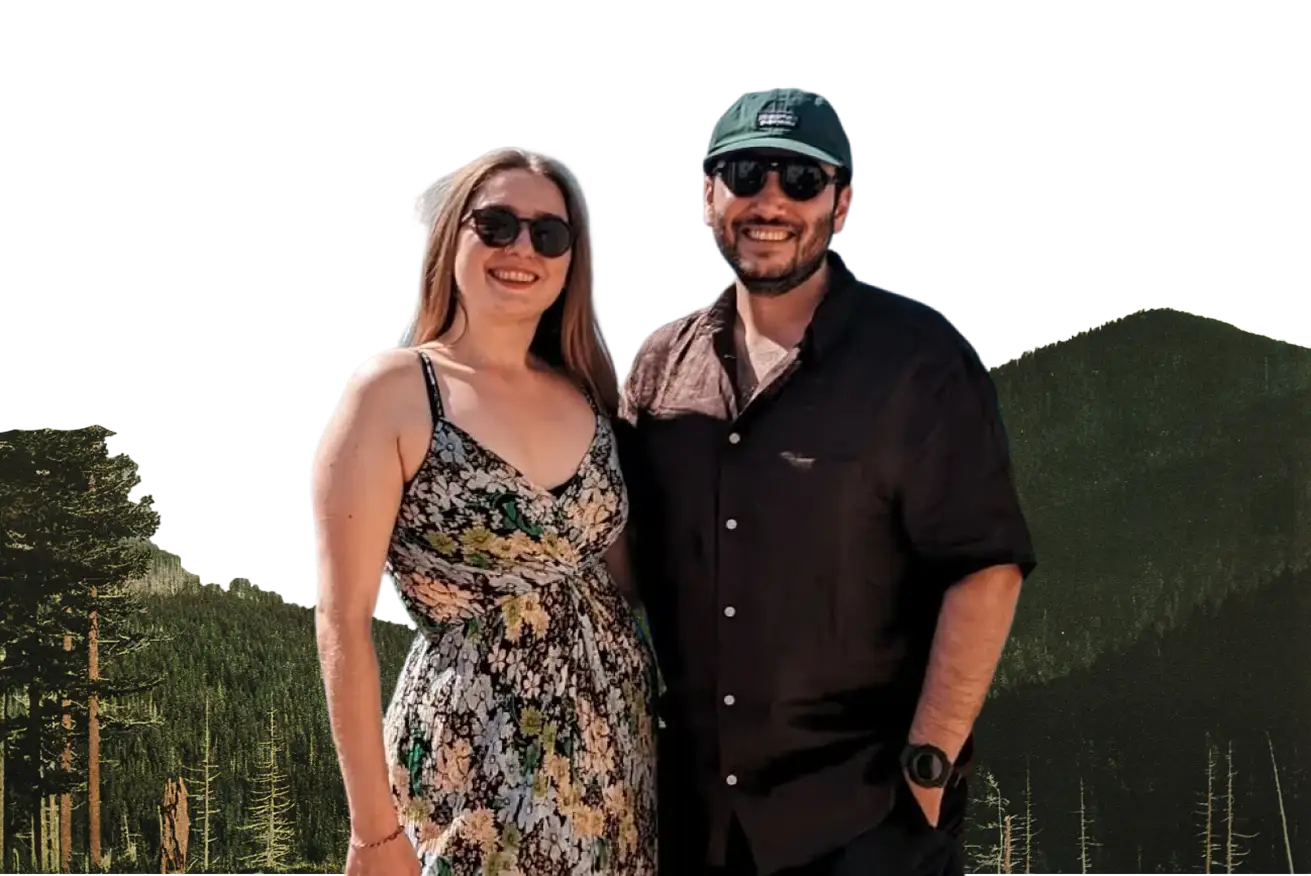Beneath the everyday streets of modern Antakya in Southeast Turkey, an entire ancient city lies sleeping – and its floors are paved with some of the world's most spectacular Roman mosaics. These aren't just pretty patterns; they are intricate "carpets of stone," nearly two thousand years old, crafted from millions of tiny, coloured tesserae (stone or glass cubes). They vividly depict dramatic scenes of gods and heroes, lively snapshots of daily Roman life, and complex geometric designs, offering a direct, colourful window into ancient Antioch-on-the-Orontes, once a glittering capital of the Roman East. Today, these "floors of history" can be marvelled at in the magnificent Hatay Archaeology Museum, and in an astonishing modern twist, beneath a hotel built directly over a vast, newly unearthed Roman city quarter.
For us, Ola and Riza, exploring Antakya's mosaics was like being handed a vibrant, visual key to the past. It wasn't just about admiring technically brilliant artworks; it was about understanding what these incredibly preserved floors revealed about the people who commissioned them, lived with them, and walked upon them in ancient Antioch. Their legacy continues to inspire, especially as it raises fascinating questions about how we interact with deep history when it emerges, quite literally, from beneath our feet.
Antioch's Golden Age: A City with Floors of Art
Ancient Antioch, as we explored in our visit to St. Peter's Grotto, was a huge and very important city in the Roman Empire (a vast empire that controlled much of Europe, North Africa, and the Middle East from about 27 BCE to 476 CE in the West). Its strategic location made it a centre of trade and a meeting point of diverse cultures – Greek, Roman, Syrian, and many others. This wealth and international character fuelled a rich artistic life. Wealthy Antiochenes decorated their villas (large, luxurious country houses) and public buildings with elaborate mosaic floors.
Mosaics are pictures or patterns created by arranging small, coloured pieces of stone, glass, or ceramic, called tesserae, and setting them into a kind of cement. This was a popular art form across the Roman world, but the mosaics of Antioch are considered some of the finest ever produced, known for their incredible detail, bright colours, and wide range of subjects. The Hatay Archaeology Museum in Antakya houses one of the world's most important collections of these Roman and later Byzantine (from the Eastern Roman Empire, which continued after the West fell) mosaics, most of them rescued from digging sites around the city.
Walking through the museum is an impressive experience. Room after room unfolds with vast floor panels showing scenes from Greek and Roman mythology (stories of gods and heroes) – gods like Oceanus (the Titan god of the sea, an early type of god in Greek myth) and Tethys (his wife), dramatic hunts, scenes from famous plays, and pictures of the four seasons. Others show lively scenes of daily life: banquets, chariot races, theatrical performances, and even simple geometric patterns of amazing complexity. The skill of the artists is astonishing; with tiny stone cubes, they created a sense of movement, emotion, and realistic-looking space. These weren't just decorations; they were signs of wealth, things to talk about, and expressions of their owners' culture and beliefs. They tell us so much about what these ancient people valued, what stories they knew, and how they saw their world.
A Discovery Beneath: The Museum Hotel Antakya
For centuries, many of Antioch's ancient treasures lay buried and forgotten beneath the expanding modern city of Antakya. Then, in 2009, during the initial groundwork for a new luxury hotel, construction workers found something unexpected: an ancient stone pavement. What followed was one of the most significant archaeological discoveries in Turkey in recent times. As digging expanded, an enormous, incredibly well-preserved mosaic floor was revealed, part of what seems to have been a large public building or a very grand villa from the Roman era. Further digging uncovered more mosaics, streets, and the foundations of buildings – basically, a whole section of ancient Antioch. At its centre was the largest single-floor mosaic ever found from the Roman period, a complex geometric design covering over 1,000 square metres (more than 10,000 square feet) – imagine a patterned carpet larger than two basketball courts!
This presented a huge challenge: what to do? Destroy the ancient remains to build the hotel as planned? Or give up the multi-million dollar hotel project to protect the archaeology? The solution they chose was both ambitious and new. The hotel developers, working with archaeologists and architects, decided to do both. The Museum Hotel Antakya was redesigned to be built over the archaeological site. The entire hotel structure is raised on massive columns, allowing the ancient city quarter below to be preserved in its original place (in situ is the archaeological term). Guests can now walk on glass floors in the lobby, look down from their rooms, or visit special viewing platforms to see the vast mosaic and the ancient structures beneath their feet. The hotel also has a public museum space showing artefacts found during the digging.
This project has caused much discussion. Is it a perfect model for how to deal with such discoveries? Perhaps not in every situation. But it is a dramatic and very visible example of the ongoing conversation – and sometimes difficulty – between the needs of modern building and the responsibility to protect our shared historical heritage. It shows that with creativity and strong commitment, new and clever solutions can sometimes be found.
Antakya's Roman mosaics are more than just beautiful old objects. They are lively storytellers, offering us direct and colourful insights into the life, beliefs, and artistic achievements of a major ancient city. The ongoing discoveries, like the one beneath The Museum Hotel, highlight a key modern challenge: how to honour and protect such deep historical layers while allowing cities to live and grow. The floors of ancient Antioch continue to speak, reminding us of the richness that lies beneath the surface, both literally and in terms of meaning.
.svg)




